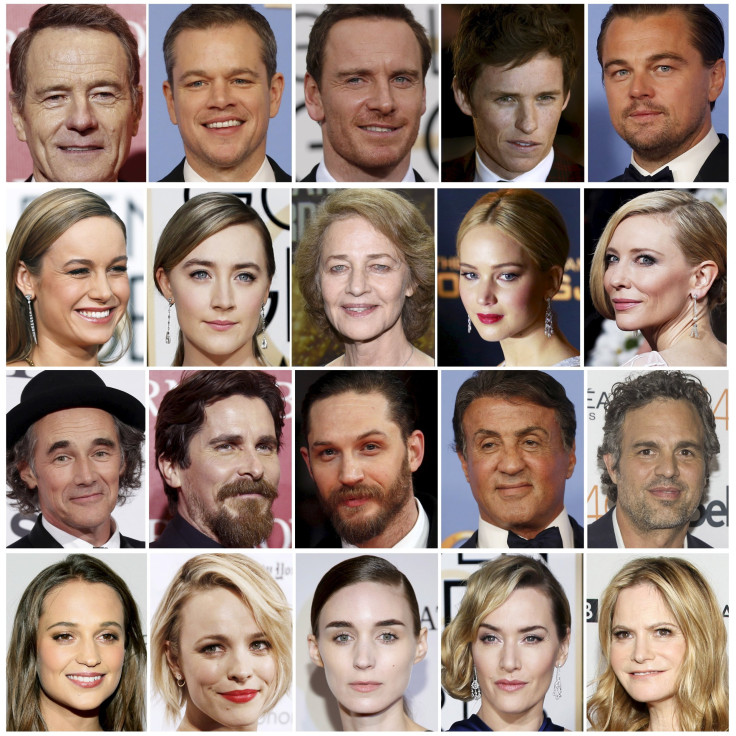New Study Points To Inclusion Crisis In Hollywood

A study published by the University of Southern California finds that Oscar diversity issue is just part of a larger inclusion issue in Hollywood. John Russell reports.
Video Transcript:
It is not just the Oscars that have a diversity problem. Women, minorities and the LGBT community are vastly underrepresented throughout Hollywood, according to a report published ahead of the Academy Awards ceremony Sunday night.
The report looked at 109 films and 305 television and digital series released in 2014 and found that only 28 percent of all speaking characters were people of color — some 9 percent below the portion of the U.S. population that is people of color, explained the report's author, University of Southern California professor Stacy L. Smith.
"When you do take a step back and look at the broader ecology, you do see patterns of exclusion. This is no mere diversity problem. This is an inclusion crisis."
The study was published several days before the Feb. 28 Oscars ceremony in Hollywood, the movie industry's biggest night, which has been overshadowed this year by a furor over the all-white lineup of lead actor and supporting actor nominees.
The Academy of Motion Picture Arts and Sciences, which hands out the Oscars, responded by announcing plans in January to double its numbers of women and minority members by 2020.
"Across the 414 films, television shows and digital series that we evaluated, over 20 percent didn't have one black or African-American speaking character. Over 50 percent didn't feature one Asian or Asian-American character. Across 11,306 speaking characters, across the entire study, only a third were girls and women and only 229 were LGBT. So we're seeing a real lack of inclusivity across the broader ecology," says Smith.
Smith added that the best way to help end the exclusionary practices is to help get more people of color involved in film production.
© Copyright IBTimes 2025. All rights reserved.





















